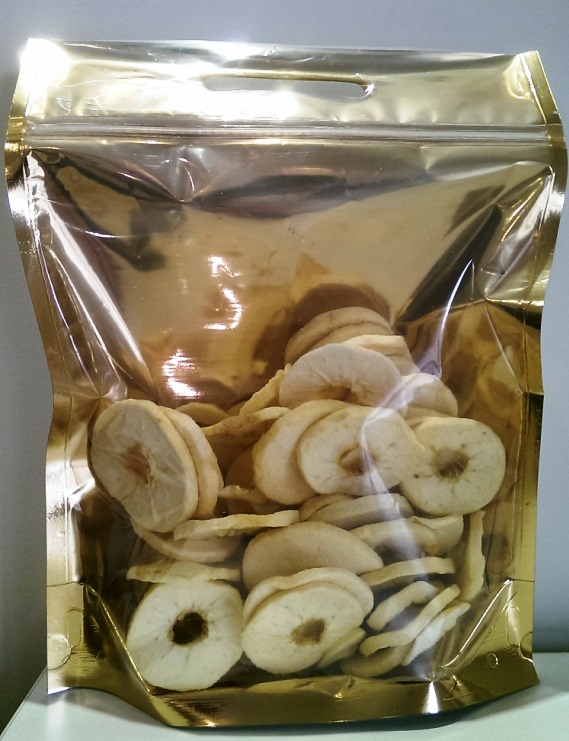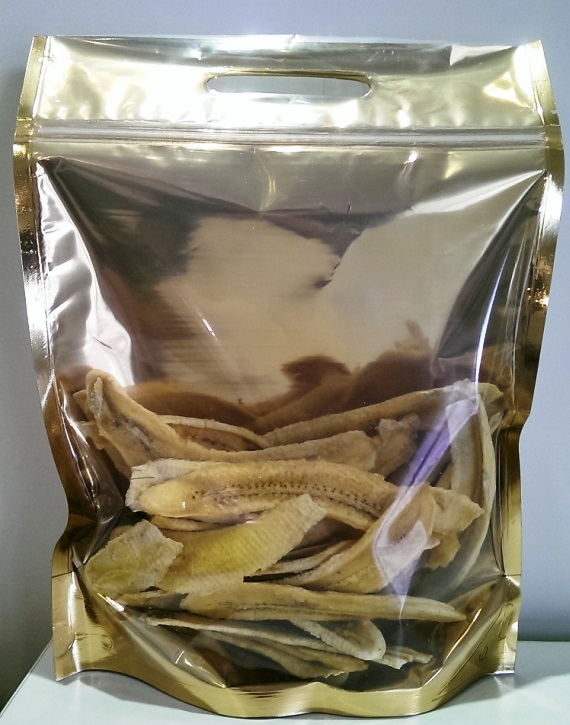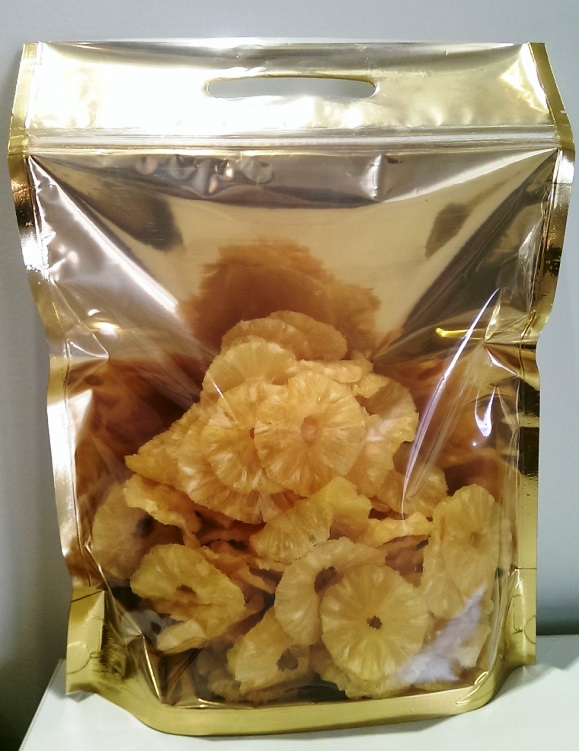Dried fruit is fruit from which the majority of the original water content has been removed either naturally, through sun drying, or through the use of specialized dryers or dehydrators. Dried fruit has a long tradition of use dating back to the fourth millennium BC in Mesopotamia, and is prized because of its sweet taste, nutritive value, and long shelf life.
Today, dried fruit consumption is widespread. Nearly half of the dried fruits sold are raisins, followed by dates, prunes, figs, apricots,peaches, apples and pears. These are referred to as “conventional” or “traditional” dried fruits: fruits that have been dried in the sun or in heated wind tunnel dryers. Many fruits such as cranberries, blueberries, cherries, strawberries and mango are infused with a sweetener (e.g. sucrose syrup) prior to drying. Some products sold as dried fruit, like papaya, kiwi fruit and pineapple are most often candied fruit.
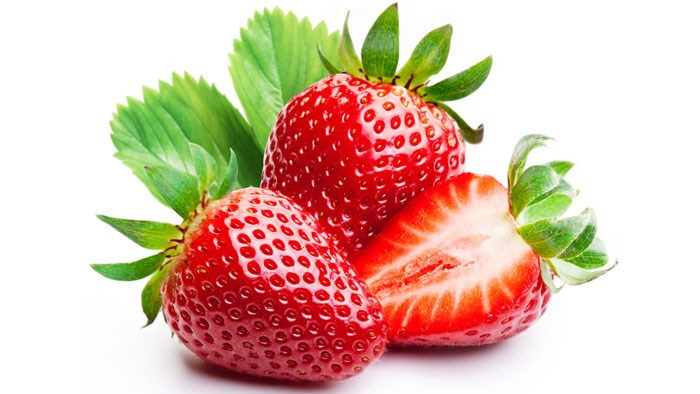



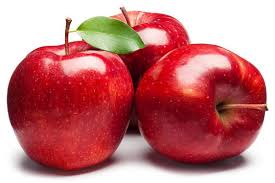


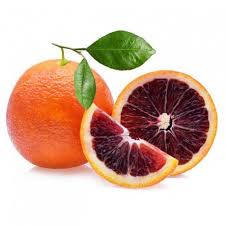



Dried fruits retain most of the nutritional value of fresh fruits. The specific nutrient content of the different dried fruits reflects their fresh counterpart and the processing method. In general, all dried fruits provide essential nutrients and an array of health protective bioactive ingredients, making them valuable tools to both increase diet quality and help reduce the risk of chronic disease.
Dried fruits are some of the healthiest alternatives to refined sugar, and they are an excellent way to satisfy a sweet craving. While many manufacturers use the natural sugar found in fruit, called fructose, to sweeten their products, eating fruit itself in moderation is a great way to get needed nutrients and vitamins. Dried fruit is a quick and tasty way to get those same benefits during a busy, fast-paced day.
While fruit itself is high in naturally occurring sugar, many dried fruits have additional sugar added for extra flavor. It is very important to avoid those products that are more like candy than a healthy snack. Some of the main dried fruits to avoid are:
- Pineapple: Usually coated in refined sugar
- Banana Chips: Generally deep-fried and sweetened. Look for dried banana chips with no extra sugar.
- Cranberries: Almost always require extra sweeteners due to their tartness
- Watermelon: The low level of nutrients and high level of sugar are a poor combination
The dried fruits on the healthy list can be found in bulk at most health food stores, and pre-packaged at most regular grocery stores. Remember to always check the ingredient list for extra sugar or additives.
1. Apple
Apples contain many phytonutrients (naturally occurring component of plants that provide nutrition) that act as antioxidants, ridding the body of cancer causing free-radicals. They are also a great source of dietary fiber.
2. Apricot
The most nutritious way to eat apricot is dried. A good source of fiber, they also contain vitamin A, C and Iron.
3. Mango
Mango is rich in a variety of phytonutrients, vitamins A, C and E, as well as omega 3 and 6 fatty acids, which are necessary for healthy skin and the immune health.
4. Cherry
Cherries have been called the “new antioxidant superfruit.” Compared to other fruits, they have significantly higher levels of antioxidants, as well as important nutrients like beta-carotene, folic acid and fiber.
5. Fig
While some fruits can lose a portion of their nutrition when dried, figs lose none of their potency. They are high in iron, folic acid and potassium.
6. Papaya
Called “the fruit of the angels” by Christopher Columbus, papayas are a great source of antioxidants; recent studies have shown that they may aid in preventing diabetic heart disease.
7. Blueberry
Another “antioxidant superfruit,” blueberries are also high in vitamins A, E and especially B, which are necessary for a healthy nervous system.
8. Raisin
Often called “nature’s candy,” raisins are cholesterol-free, low in sodium, high in fiber and totally fat-free.
9. Black Currant
Currants are low in saturated fat, cholesterol and sodium and high in vitamin C, manganese, iron and potassium.
10. Plum
A dried plum is called a prune. Prunes are a great source of vitamins and have the added benefit of regulating the digestive system.
11. Pear
Pears are a good source of vitamin C and copper, and are full of dietary fiber.
12. Tomato
Surprise! Tomato is a fruit, and sun-dried tomatoes are a great way to get the cancer-reducing properties of tomato, along with vitamin C and lycopene, which are beneficial to the eyes.
http://www.fitday.com/fitness-articles/nutrition/healthy-eating/12-healthiest-dried-fruits.html#bhttp://en.wikipedia.org/wiki/Dried_fruit




